Exploring Temperature Sensitive Color Changing Materials
Temperature sensitive color changing materials are a fascinating category of products that respond to temperature variations by altering their color. This innovative material finds its application across a broad spectrum of industries, from paints and coatings to textiles and cosmetics. Understanding the science behind these materials can help manufacturers and retailers select the appropriate type for their specific needs.
Types and Applications
There are various types of temperature sensitive color changing materials, each suited to different applications. For instance, thermochromic pigments are used in mood rings and thermal mugs, while photochromic types react to light changes. These materials are not only functional but also add aesthetic value to products like clothing, accessories, and home decor, enhancing user interaction and experience.
Features and Composition
The primary feature of temperature sensitive color changing materials is their ability to change color at certain temperatures. This is achieved through a complex process where microcapsules containing leuco dyes undergo a reversible transformation. The materials are predominantly available in powder form, but concentrated pastes are also an option for diverse industrial applications.
Advantages of Temperature Sensitive Materials
Incorporating temperature sensitive color changing materials into products offers several advantages. They serve as indicators for temperature thresholds in safety devices and can be used in quality control for temperature-sensitive goods. Additionally, their dynamic color-changing properties can enhance the visual appeal and functionality of consumer products.
Understanding Pigments and Dyes
When considering temperature sensitive color changing materials, it's crucial to distinguish between pigments and dyes. Pigments, whether natural or synthetic, are insoluble particles that impart color by reflecting certain wavelengths of light. Dyes, on the other hand, are soluble and can impart color through absorption. This distinction is vital for retailers to understand in order to cater to the diverse needs of their customers.
Selection and Usage
Selecting the right temperature sensitive color changing material is essential for achieving the desired effect in a product. Retailers and manufacturers must consider factors such as the temperature range of color transition, the material's compatibility with the product base, and the intended application. Accessories for application and storage of these materials are also available to ensure proper handling and longevity.

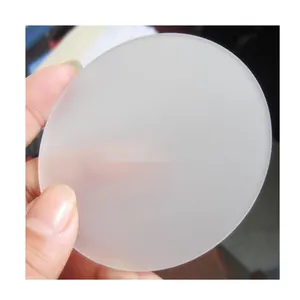








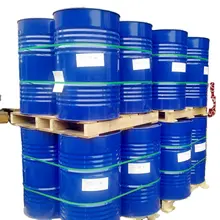
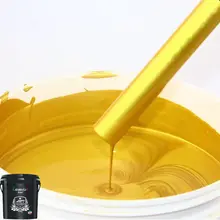
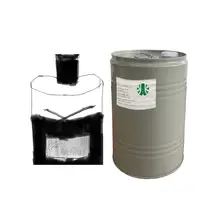



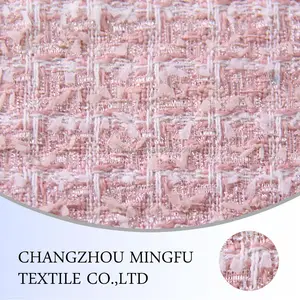

























 浙公网安备 33010002000092号
浙公网安备 33010002000092号 浙B2-20120091-4
浙B2-20120091-4